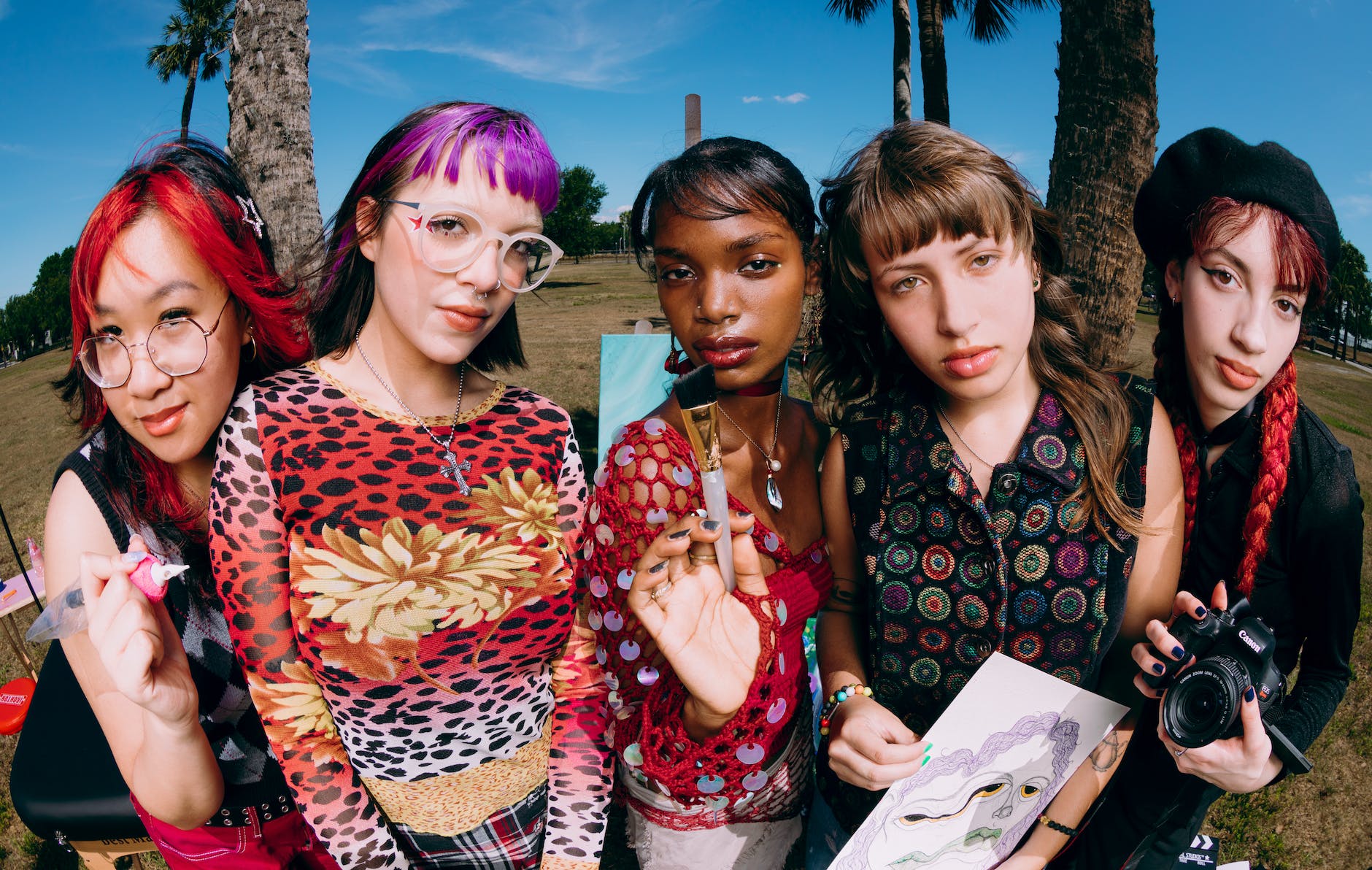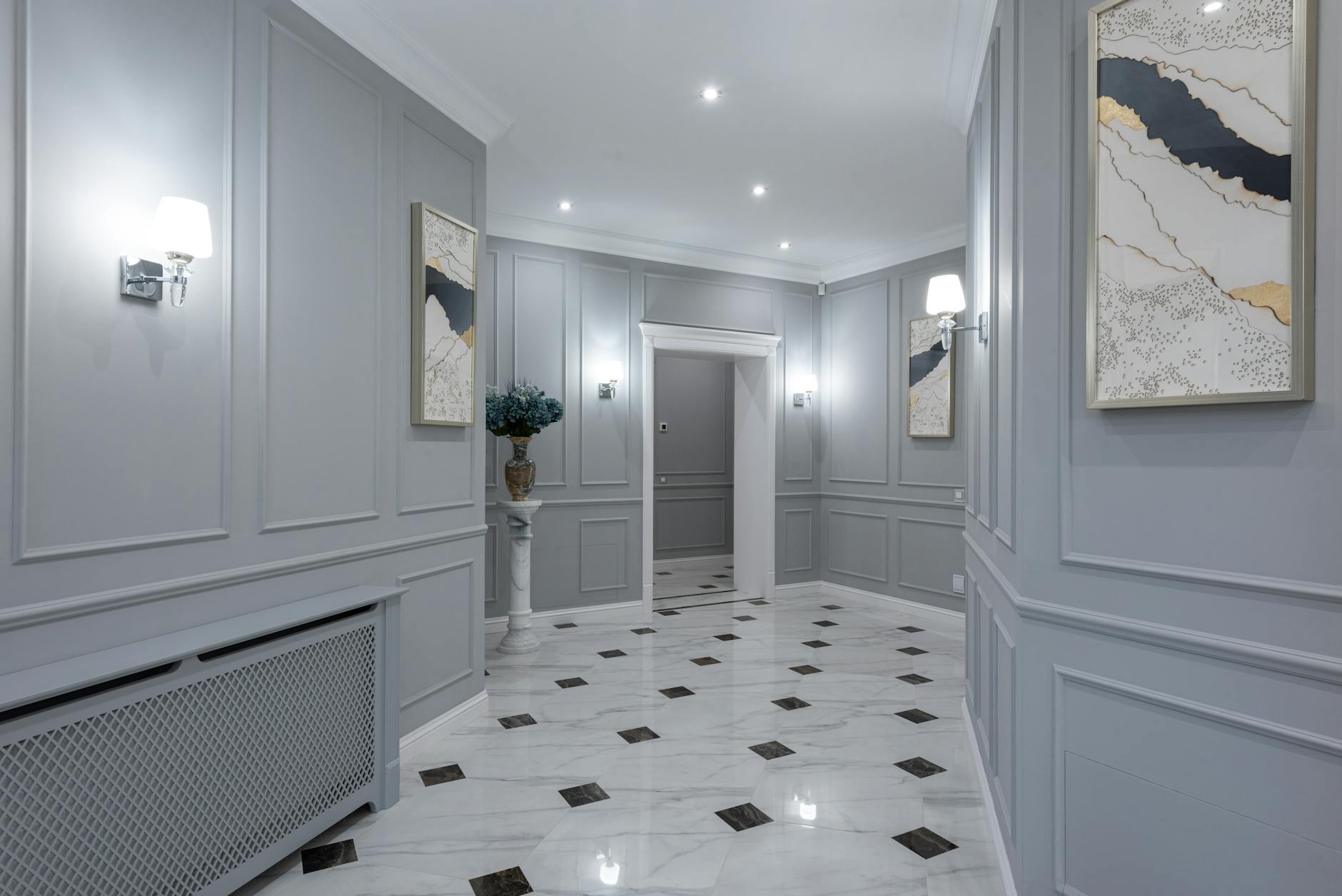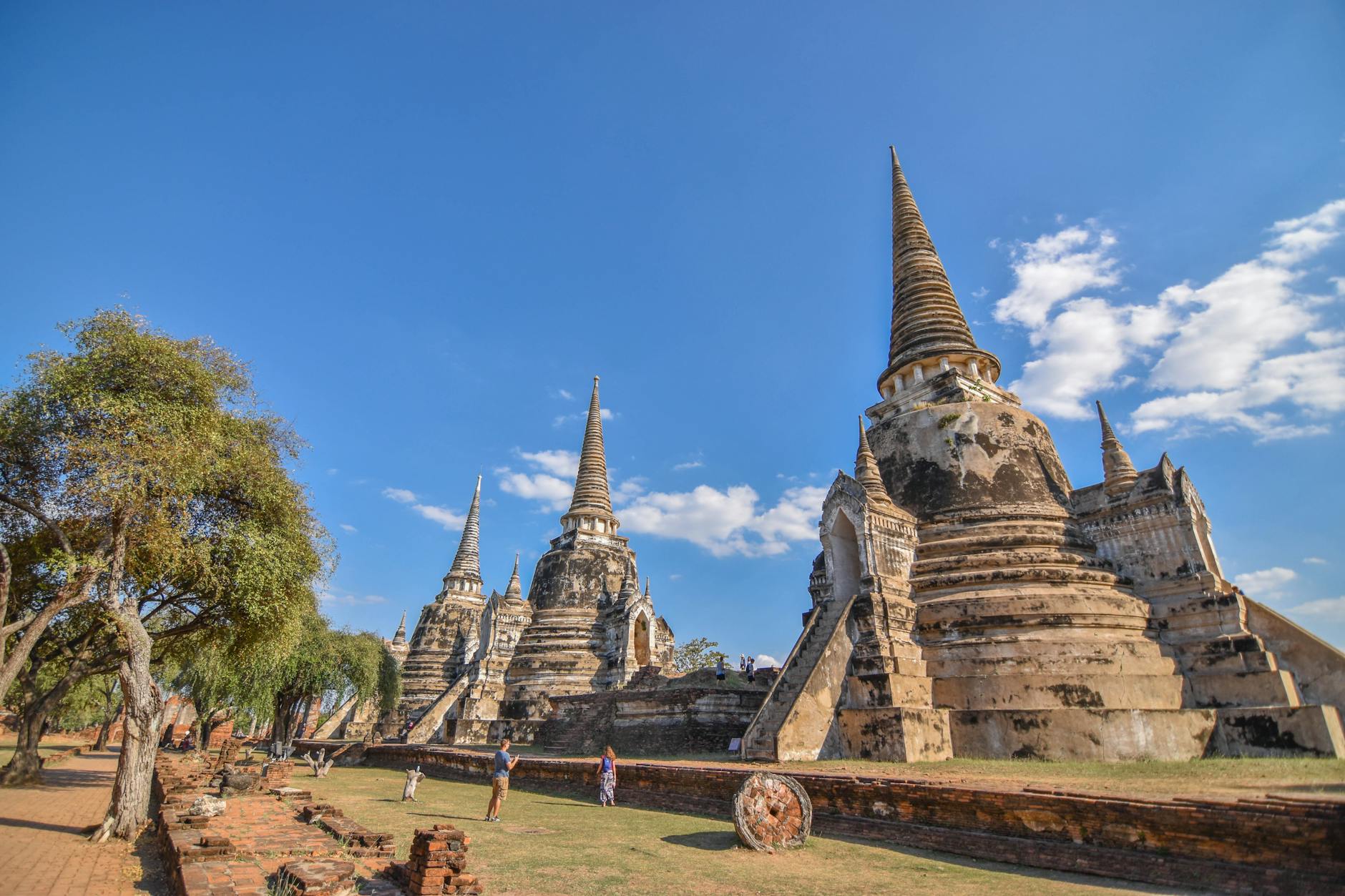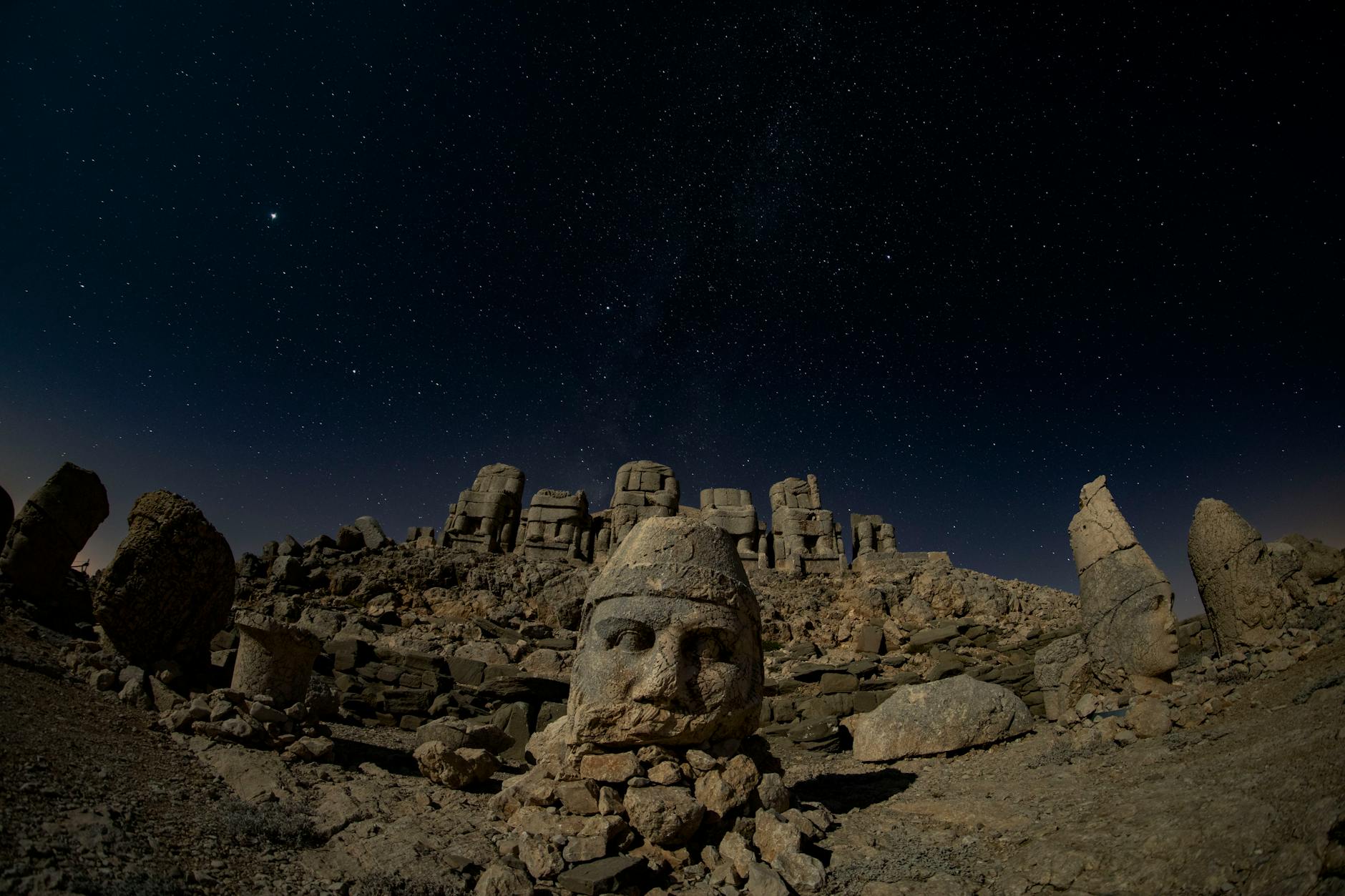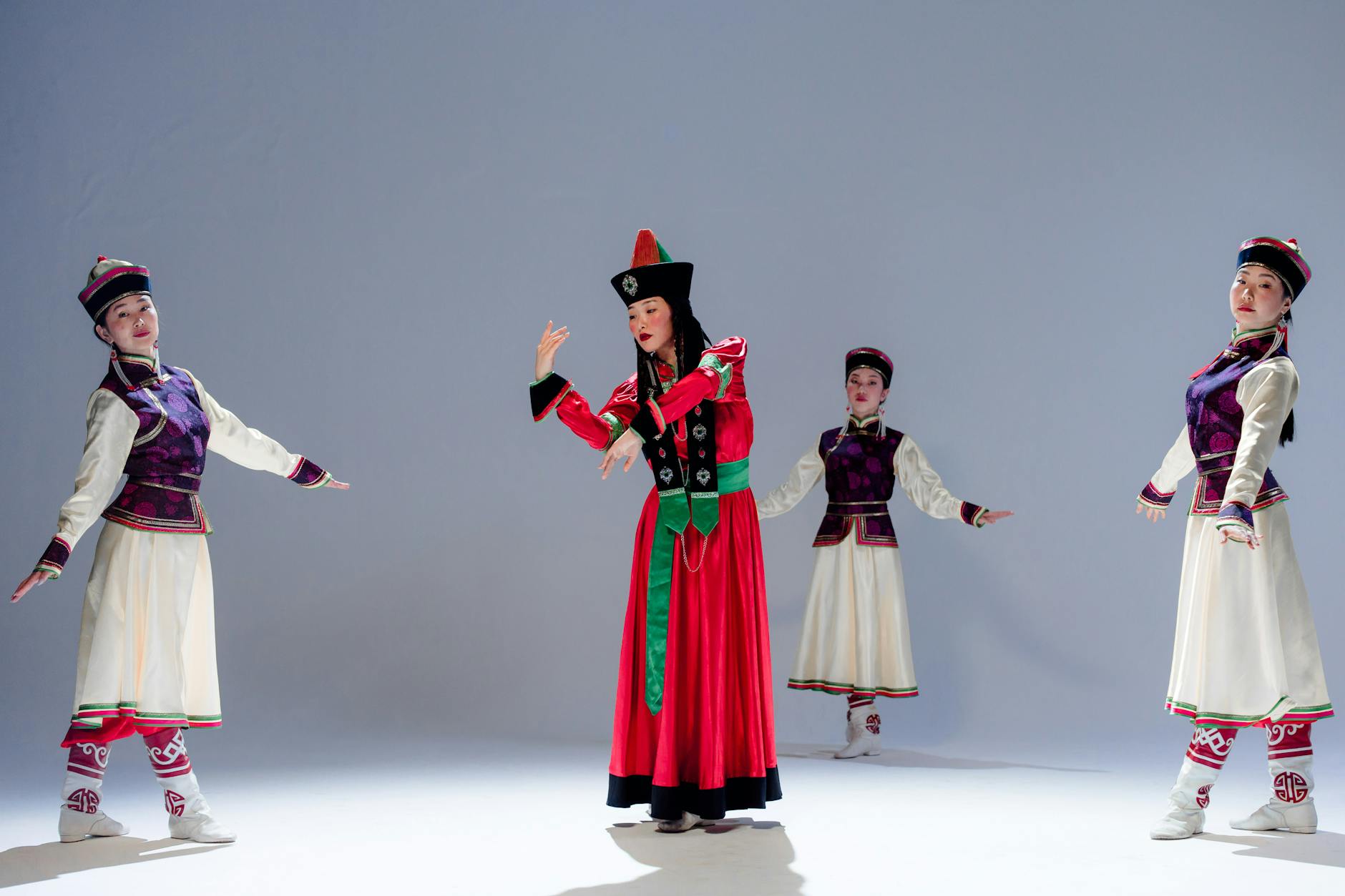The creative sphere knows no bounds, and when it comes to art, the diversities of styles, forms, and approaches are limitless. Among these, a distinctive flavor stands out – the alluring world of psychedelic art. Cohesive, yet eclectic in nature, psychedelic art empowers human perception beyond conscious reality, taking them on a trip through vibrant colors, trippy visuals, and mind-altering motifs.
A crucial part of the counterculture movement of the 1960s, this form of art has roots embedded in abstract expressionism and surrealism, bridging the tangible and the intangible realms. In the heart of psychedelic art, the viewer experiences an intense interaction with vivid color palettes, intricate patterns, and altered consciousness.
Distinguishing the distinct features of psychedelic art styles is an endeavor to appreciate the unbounded creative potential that this art sphere brings. To begin with, one of the primary markers is the utilization of vibrant colors. These hypnotizing color palettes, often in unnatural combinations, are designed to create a mesmerizing scene that captivates the viewer. This vibrant, often neon, color usage is a call back to the sensory enhancements experienced under the influence of mind-altering substances.
Next in line is the incorporation of fluid, swirling patterns and designs that result in trippy visuals. The patterns, often kaleidoscopic, render an illusion of movement, lending to the surrealistic nature of this art form. Here, shapes and figures seem to morph constantly, creating a visual narrative that’s in constant flux.
Psychedelic art also leans heavily into surrealism, borrowing heavily from the sort of dream-like states and uncanny landscapes that surrealism is renowned for. Furthermore, certain elements of the style overlap with abstract expressionism, as seen in the use of non-geometric shapes, unorthodox forms, and non-representational subject matters.
A unique feature of psychedelic art is the prominent use of optical illusions. Known as Op Art, this style utilizes geometric forms and contrasting colors to create illusions of movement and warping. The twisting patterns, warped shapes, and pulsating visuals add another depth to the mind-altering objectives of psychedelic art work. A typical example of the technique used in Op Art is the extensively recognized black-and-white swirling patterns that seem to move and change upon observation.
Having explored the various elements of psychedelic art, it is essential to acknowledge the wider cultural context. The birth of psychedelic visuals was deeply rooted in the counterculture movement of the 1960s, which was heavily intertwined with experimentation with mind-altering psychedelics such as LSD. These visual representations were intended to replicate and communicate the heightened, altered perspectives brought on by such experiences.
Reaching beyond everyday reality into unchartered realms, psychedelic art also falls under the umbrella of visionary art. Visionary Art is an art style that seeks to transcend the physical world and portray a wider vision of awareness, often involving spiritual or mystical themes, or reflections on the nature of the universe and human consciousness.
In conclusion, the world of psychedelic art is as vast as it is mystical. The unifying element being the intention to lead the beholder through a visceral plunge into the ravines of altered consciousness. This art form, in essence, is a window to interpretative elements of human cognition, a lens to view the world not as we know it, but as it could possibly be perceived, twisted, vibrant, awe-inspiring and undoubtedly psychedelic. As we continue exploring the ever-evolving world of psychedelic art styles, we are bound to uncover even more layers of this rich and mind-altering domain. Fascinatingly, the psychedelic voyage is always unfolding, ever mesmerizing, and perpetually enlightening.




